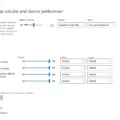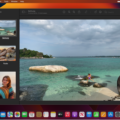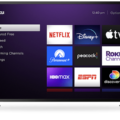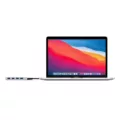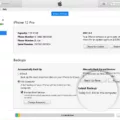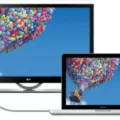Video playback errors can be a frustrating experience, especially when you are trying to watch your favorite content. Fortunately, there are several solutions that can help you troubleshoot playback issues and get back to enjoying your videos. Here are some of the most effective ways to fix video playback errors.
1. Try another Media Player
If you are experiencing playback issues with a specific media player, try using another one. There are several media players available such as VLC media player, Windows Media Player, and QuickTime. Simply download and install the media player of your choice and try playing the video again.
2. Check and Get the Required Codec Pack
Codec packs are essential software components that help media players decode and play different types of video files. If you are missing a required codec pack, it can cause playback issues. Check the video file format and download the corresponding codec pack from a trusted source.
3. Check and Update Display Drivers of the System
Outdated or corrupted display drivers can also cause video playback issues. Check your system’s display drivers and update them to the latest version. This can improve the performance of your media player and fix any playback issues.
4. Run the Troubleshooter Scan
Windows has a built-in troubleshooter that can help diagnose and fix video playback issues. To run the troubleshooter, follow these steps:
– Type troubleshooting in the search bar.
– Select Troubleshooting.
– Select View All on the top left corner.
– Click on Video Playback.
– Follow the on-screen instructions to run the troubleshooter.
5. Change the Power Plan Settings from the Control Panel
Power plan settings can also affect video playback performance. Changing the power plan settings from the control panel can help improve the playback quality. Here’s how to do it:
– Open Control Panel.
– Click on Power Options.
– Select High Performance.
– Click on Change plan settings.
– Set both options to Never.
6. Repair the Video Using a VLC media player
VLC media player has a built-in video repair tool that can fix corrupted or damaged video files. Here’s how to use it:
– Open VLC media player.
– Click on Media.
– Select Convert/Save.
– Click on Add.
– Select the corrupted video file.
– Click on Convert/Save.
– Choose a destination folder and file name.
– Check the box next to “Repair” under Profile.
– Click on Start.
7. Repair the Video Using a Professional Software
If the video file is severely damaged or corrupted, using professional video repair software can be an effective solution. There are several video repair software available such as Stellar Repair for Video and Remo Repair AVI. Simply download and install the software, select the corrupted video file, and follow the on-screen instructions to repair it.
Video playback issues can be frustrating, but with these troubleshooting solutions, you can easily fix them and get back to enjoying your favorite videos. Try them one by one until you find the solution that works for you.
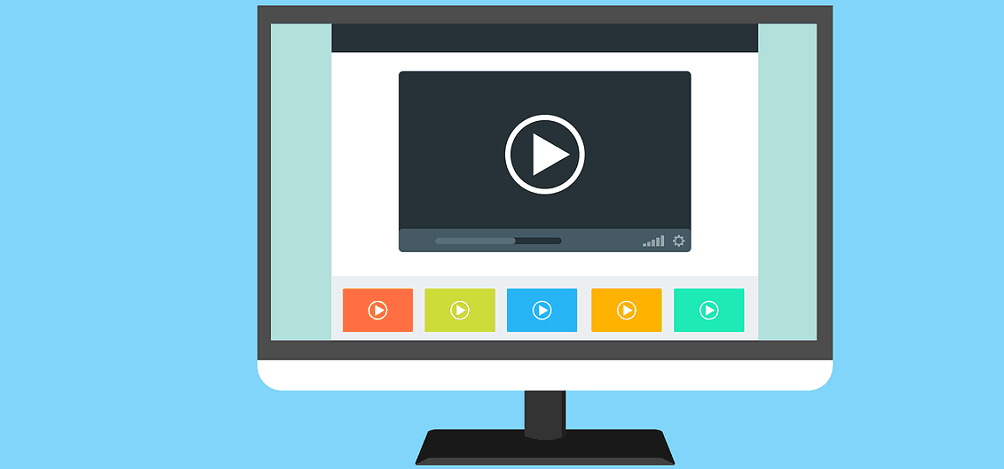
Troubleshooting Video Playback Issues
Video playback issues can be caused by a number of factors, such as missing or outdated codecs, outdated display drivers, or improper power settings. Here are some steps you can take to fix video playback issues:
1. Try another media player: If the video is not playing in the current media player, try playing it in another media player.
2. Check and get the required codec pack: If the media player is missing the required codec to play the video, install the codec pack.
3. Check and update the display drivers of the system: If the display drivers are outdated, update them to the latest version.
4. Run the troubleshooter scan: Use the built-in troubleshooter to scan and fix any issues related to video playback.
5. Change the power plan settings from the Control Panel: Adjust the power settings to ensure that the video playback is not affected by power management settings.
6. Repair the video using a VLC media player: VLC media player offers a built-in video repair feature that can fix minor video errors.
7. Repair the video using professional software: If none of the above steps work, use professional video repair software to fix the video playback issues.
By following these steps, you can fix most video playback issues and enjoy watching your videos without any interruptions.
Troubleshooting Playback Error on a TV
If you’re experiencing a playback error on your TV, there are a few possible solutions that you can try.
1. Restart the YouTube TV app: Sometimes, simply restarting the app can resolve playback errors. Try closing the app and reopening it to see if that solves the issue.
2. Do a power recycle: Another solution is to switch off the device where you are using YouTube TV, such as your TV or streaming device. After a few seconds, turn it back on and try playing the video again.
3. Clear cookies and cache: Clearing your cookies and cache can help resolve playback errors on YouTube TV. To do this, go to the settings of your TV or streaming device and find the option to clear cookies and cache.
It’s also important to ensure that your internet connection is stable and strong enough to support streaming. If none of these solutions work, you can also try contacting YouTube TV support for further assistance.
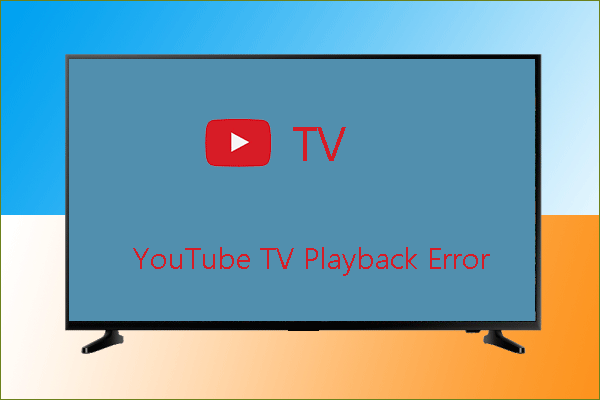
Fixing Playback Issues on Android
To fix playback issues on Android, there are several potential solutions you can try. Firstly, you can restart or reboot your device to refresh its processes and possibly eliminate any bugs or glitches that could be affecting playback. Secondly, clearing the cache on your Android phone can help free up space and resources for smoother playback. Uninstalling any insecure apps or dubious software can also eliminate potential conflicts or malware that could be interfering with playback.
Another solution is to install a reliable media player such as VLC Player or MX Player on your mobile device, which can support a wide range of video formats and offer enhanced playback performance. Additionally, updating your Android operating system can resolve any compatibility issues and provide improved functionality.
If the issue persists, you may want to consider using Stellar Repair for Video, a specialized software program designed to fix any corrupted or damaged video files that may be hindering playback. Lastly, resetting your app preferences can help restore default settings and potentially solve any playback issues related to specific apps.
There are several steps you can take to fix playback problems on Android, including restarting your device, clearing cache, uninstalling insecure apps, installing reliable media players, updating your operating system, using specialized software like Stellar Repair for Video, and resetting app preferences.
Troubleshooting Video Playback Issues on Windows 10
To resolve video playback issues on Windows 10, you can try the following troubleshooting steps:
1. Update your graphics driver: An outdated or corrupted graphics driver can cause video playback problems. To update your graphics driver, go to Device Manager, expand the Display adapters category, right-click on your graphics card, and select Update driver.
2. Check for Windows updates: Windows updates often contain bug fixes and performance improvements. To check for updates, go to Settings > Update & Security > Windows Update.
3. Disable hardware acceleration: Hardware acceleration can sometimes cause video playback issues. To disable it, go to Settings > System > Display > Graphics settings, and turn off the “Hardware-accelerated GPU scheduling” option.
4. Clear your browser cache: If you’re experiencing video playback issues in your browser, clearing the cache can help. Go to your browser settings and clear the cache and cookies.
5. Use a different video player: If the problem persists, try using a different video player, such as VLC or Windows Media Player.
6. Disable unnecessary startup programs: Startup programs can slow down your system and affect video playback. To disable them, go to Task Manager > Startup, and disable any programs that aren’t essential.
By following these steps, you should be able to troubleshoot and fix video playback issues on Windows 10.
Conclusion
Troubleshooting playback issues can be a frustrating task, but with the right tools and methods, it can be resolved successfully. It is important to try multiple solutions such as restarting the media player, updating display drivers, installing required codec packs, and running troubleshooters. Additionally, repairing videos using professional software can also be a viable option. Regular maintenance of devices, such as clearing the cache and updating the operating system, can also prevent playback issues from occurring. By following these steps, users can ensure smooth and uninterrupted playback of their media files.

